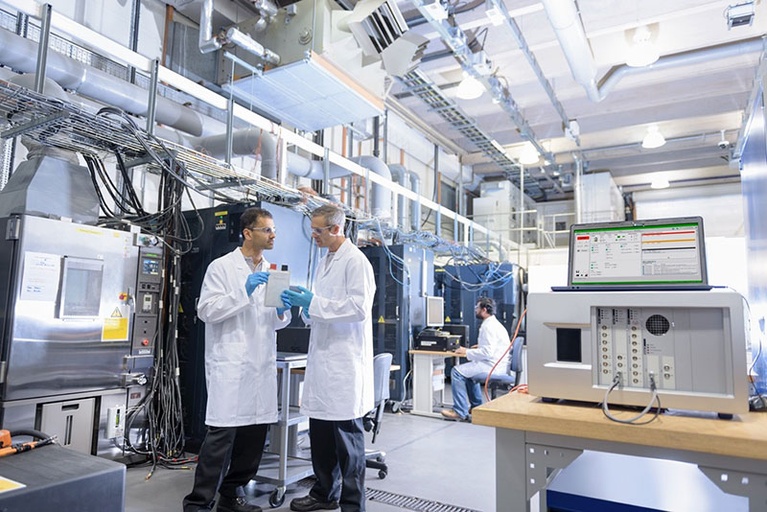Multimillion-dollar battery validation labs rely on software to operate safely and productively. Test bench automation is a critical area to improve, but the larger impact to the lab operation is often overlooked.
In this session at our Spring Virtual Conference on EV Engineering, we’ll explore NI’s PAtools software for test bench automation on battery validation labs. You’ll learn how it integrates up to help you run the lab and ultimately improve the batteries you’re testing.
You will leave the session understanding:
- Why thousands of test channels in dozens of labs around the world use PAtools
- How PAtools supports the entire DUT creation, test sequence generation and automated test cell operation on the test bench.
- How NI’s software-connected approach covers data analysis and lab management
Other sessions at our Spring Virtual Conference include:
EV Powertrain Optimization Using The All-Cloud Software Stack

Engineers are moving rapidly towards an all-cloud engineering software stack, from CAD and simulation to optimization and post-processing. With cloud-native simulation tools, the entire simulation workflow is shortened from days and weeks to hours, enabling engineers to explore the full design space and reduce the need for costly physical prototyping and testing.
In this session, we explore the simulation of broad physics in a web browser. The presentation will show attendees how to quickly set up an analysis to perform thermal, fluid-flow, structural, and vibration analyses using example applications along the EV powertrain. We’ll be looking at a battery model, EV inverter and electric motor. Using newly released features, we can also evaluate joule heating in the battery bus bar to optimize system design.
Alexander Fischer, Co-founder and Product Manager at SimScale, will show attendees how to create an account in SimScale, collaborate with colleagues, share results with management and customers and go from signup to simulation results in just a few minutes.
Other sessions at our Spring Virtual Conference include:
Introduction To Carbon Fiber-Orientated Thermal Gap Filler

Thermal gap filler conductivity has increased dramatically over the last 10 years. The ever-increasing power and smaller area have driven the need for higher conductivity thermal gap fillers. In order to increase thermal conductivity, Fujipoly has explored various thermal fillers to achieve ultra-high thermal conductivity. One of those fillers is Carbon fiber.
In this webinar, we will look at the need for higher conductivity materials and how carbon fiber-oriented thermal gap fillers can meet the demand for higher heat flux. Carbon fiber-oriented thermal gap fillers exhibit very low thermal resistance while still offering a highly compressible thermal gap filler. We will explore some of the properties of carbon fiber-oriented gap fillers as well as best practices for implementing them. We will discuss how they can be a great option when more conventional thermal gap fillers are not proving the thermal resistance or compliance needed.
See the full session list for the Spring Virtual Conference on EV Engineering here.

Broadcast live April 17 – 20, 2023, the conference content will span the EV engineering supply chain and ecosystem, including motor and power electronics design and manufacturing, cell development, battery systems, testing, powertrains, thermal management, circuit protection, wire and cable, EMI/EMC and more.

